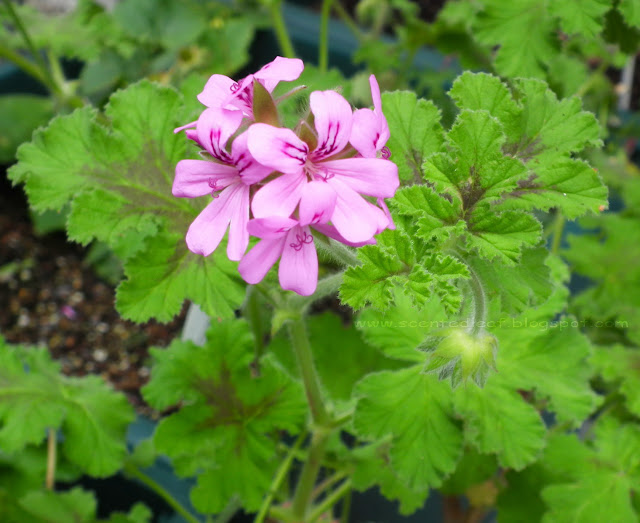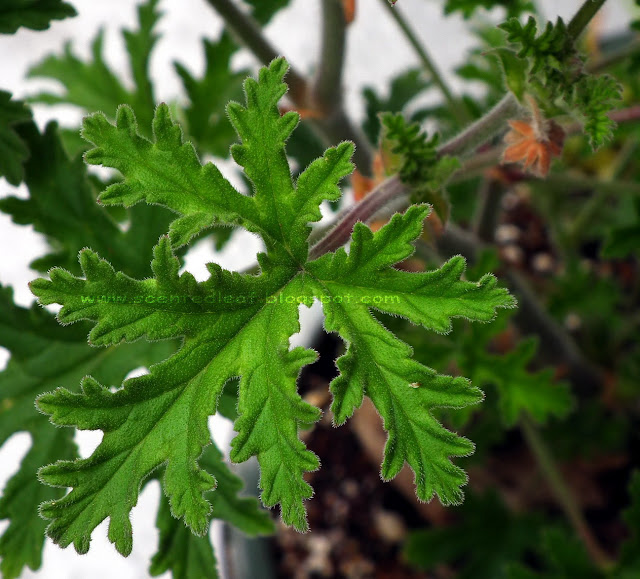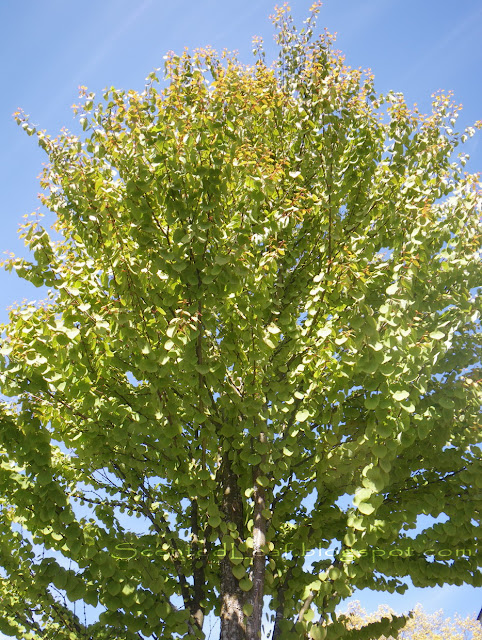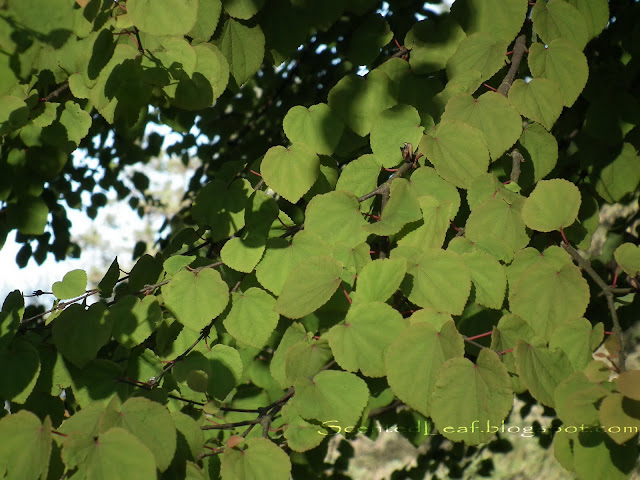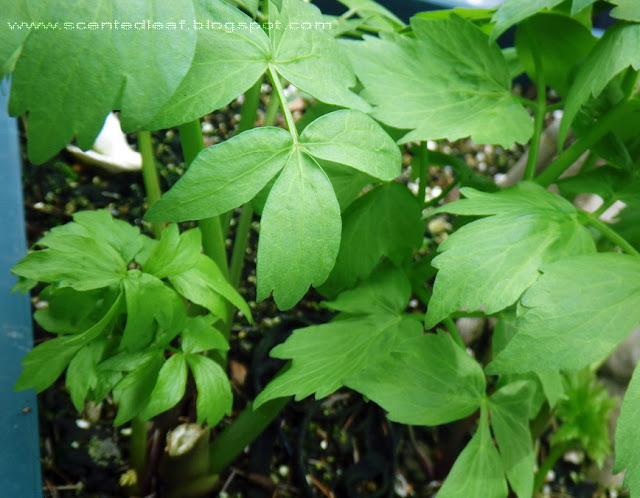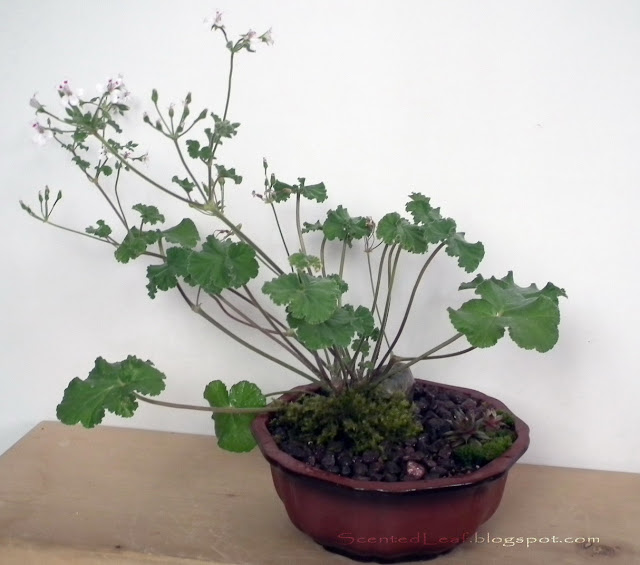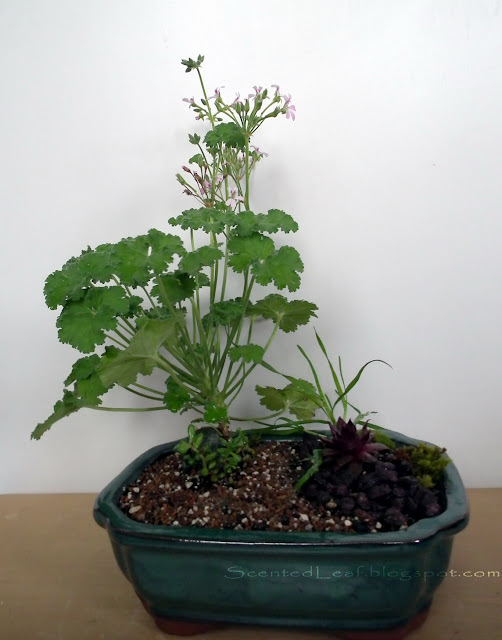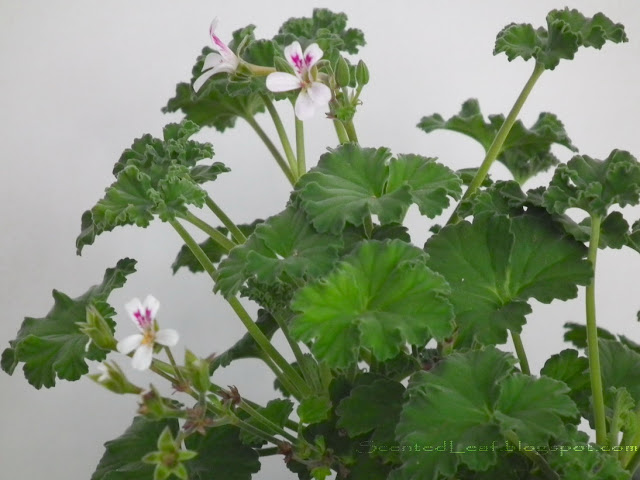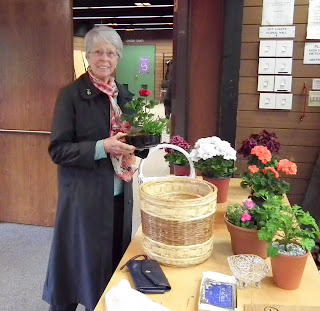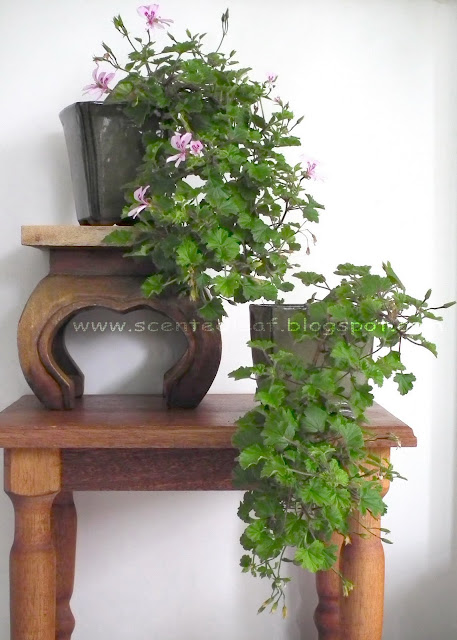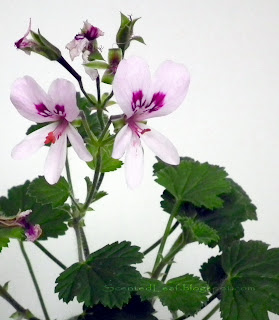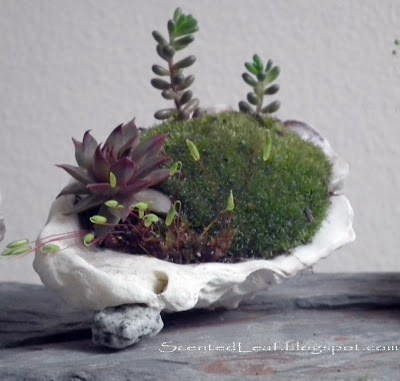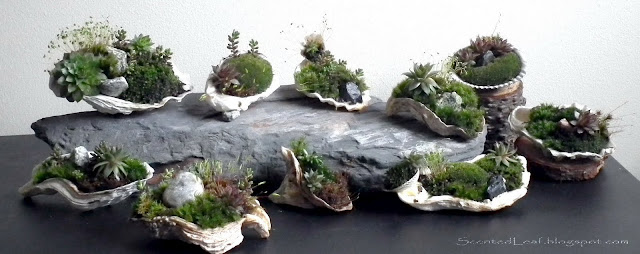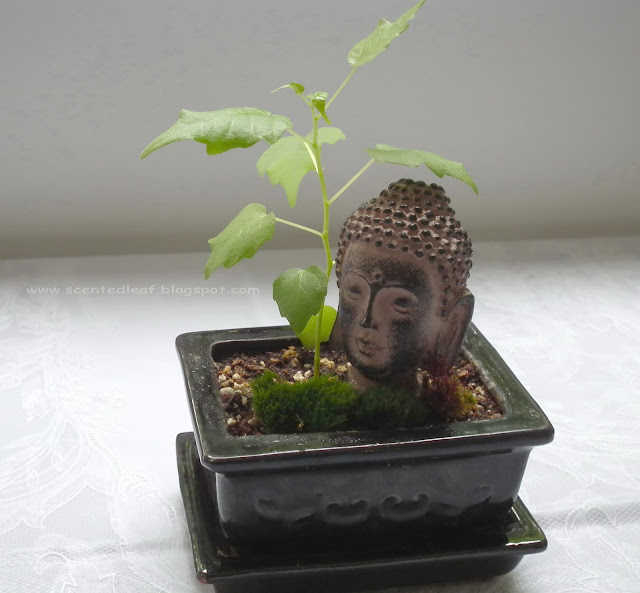 |
| Buddha's head under Ficus Religiosa seedling |
The common names are: “bo-tree fig” “sacred fig” “aswattha fig” and “peepul fig". Although my religion is Orthodox Christian, I respect everyone's religion and I really wanted to have in my house one tree considered a sacred-tree in both the Buddhist and Hindu religions.
Ficus Religiosa is not only decorative, it is used in traditional medicine for many disorders. The roots, the fruits, the leaves and the young shoots have been used for years for the treatment of ulcers, stomatitis, asthma, skin diseases or to heal wounds. Also some said that are good for lumbago, gout and to promote digestion, in the tratment of diarrhea or gastric problems. I didn't try any of these, but I'll keep in mind some of their potential medicinal uses.
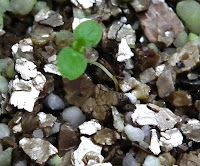 | |
| Sprouted Ficus Religiosa |
The sacred fig makes a good houseplant or bonsai. It seem to be a slow but easy way to grow them from seeds, in 5 months having just 10 cm high. They need lots of light all day and high humidity, so, I started the seeds in mini-greenhouse under the artificial light.
 |
| Ficus Religiosa seedlings after 2 weeks |
I planted them in perlite (instead of organic soil) to maintain the high humidity and to avoid dump-off.
The seedling has sprouted shiny after 2 weeks and was growing really slowly, reaching only 1 cm high in one month.
After another month, it has appeared another set of leaves to the seedlings, and the seedlings reached 3 cm high.
 | ||||
| Ficus Religiosa seedlings after 6 weeks |
This was the moment when we decided to change their inorganic soil with a mix: perlite, turface, peat moss, and garden soil. So, we took some small bonsai pots and planted the seedlings to them.
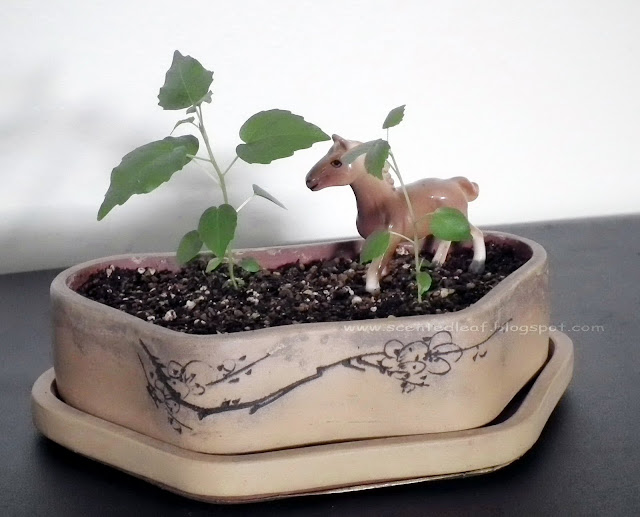 |
| Ficus Religiosa saplings - 4 months old |
The seedlings have been growing very slow, and not all of them survived after replanting. Anyhow, this is how are looking the most resistive of them after 3 months.
Initial sets of leaves were rounded and I was worried about the seeds ordered, but my concern is gone, once I saw their last sets of leaves which have the clearly heart shaped leaves and smoother sides like the leaves of the Ficus Religiosa trees.
 |
| Ficus Religiosa seedling with heart-shaped leaves |
It is still long way until the trunks and branches will be covered with power bark and the trees will produce fruits...but we have patience! And since I don't need twelve Ficus Religiosa seedlings, I was planning on keeping two-three home (spare in case that something happened to one) and leaving whatever else sprouted to be sold. Let me know if are you interested about them.

